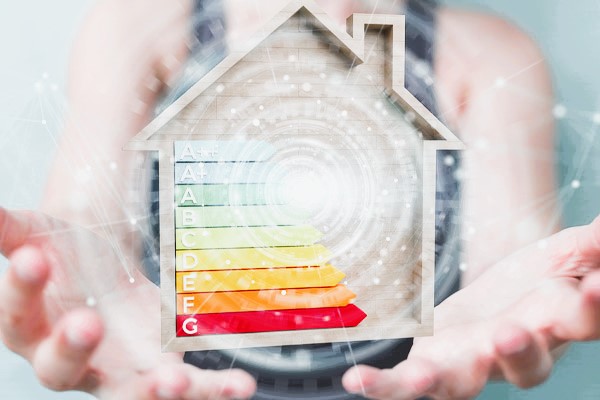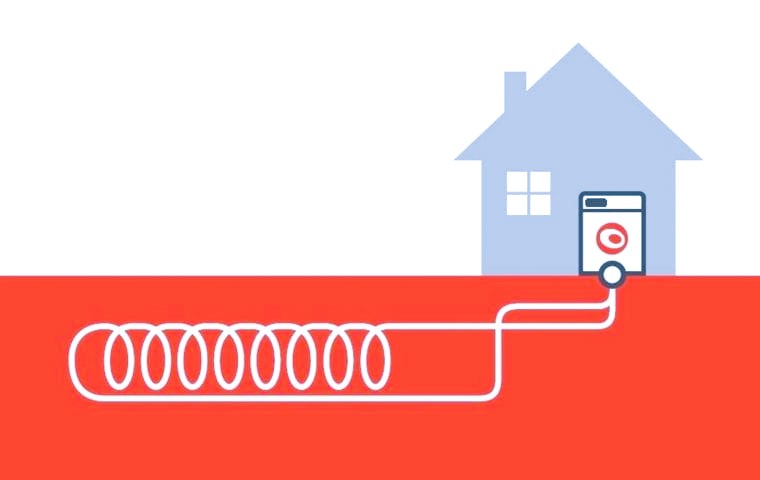Heating our homes during the cold winter months is essential for comfort and well-being. However, traditional heating systems can be inefficient and costly, both for our wallets and the environment. Fortunately, there are numerous energy-efficient heating solutions available that can help us reduce energy consumption, lower utility bills, and decrease our carbon footprint. In this article, we will explore some of these economical heating options and how they can benefit your home.

- Programmable Thermostats: Installing a programmable thermostat is an excellent first step towards energy-efficient heating. These devices allow you to set different temperature levels based on your schedule, ensuring that you only heat your home when necessary. For example, you can program the thermostat to lower the temperature while you’re at work and raise it shortly before you return. This way, you can enjoy a comfortable living environment while minimizing unnecessary energy consumption.
- High-Efficiency Furnaces: Upgrading to a high-efficiency furnace can significantly reduce your heating costs. These furnaces utilize advanced technology to extract more heat from the fuel they burn, resulting in greater energy efficiency. Look for furnaces with an Annual Fuel Utilization Efficiency (AFUE) rating of 90% or higher. Such furnaces convert 90% or more of the fuel into heat, wasting less energy compared to older, less efficient models.
- Heat Pumps: Heat pumps are an increasingly popular choice for energy-efficient heating. They work by extracting heat from the outdoor air or ground and transferring it into your home. Heat pumps can provide both heating and cooling, making them versatile all-year-round solutions. There are different types of heat pumps available, including air-source and ground-source (geothermal) heat pumps. While they may have higher upfront costs, heat pumps offer long-term savings and have a lower environmental impact.
- Radiant Floor Heating: Radiant floor heating systems distribute heat through the floor, providing consistent warmth from the ground up. This method is highly energy-efficient because it operates at lower temperatures while effectively heating the living space. Radiant floor heating can be installed with various heat sources, including boilers, heat pumps, or solar panels. It offers comfortable, even heating throughout the room and eliminates the need for ductwork.
- Zone Heating: Zone heating allows you to divide your home into different zones and control the heating in each area separately. By installing programmable thermostats or zone valves, you can direct heat only to the occupied areas, reducing wasted energy in unoccupied spaces. Zone heating is especially beneficial for larger homes with multiple floors or rooms that have varying heating requirements.
- Insulation and Air Sealing: One of the most cost-effective ways to improve energy-efficient heating is by insulating your home properly and sealing air leaks. Insulation helps to prevent heat loss through walls, floors, and the attic, while air sealing eliminates drafts and cold air infiltration. By improving the insulation and air sealing in your home, you can reduce heat loss, optimize the performance of your heating system, and enhance overall energy efficiency.
- Solar Heating: Utilizing solar energy for heating is an eco-friendly and cost-effective solution. Solar heating systems capture the sun’s energy and convert it into heat, which can be used for space heating or water heating. Solar thermal panels or solar collectors are installed on the roof or in the yard to collect solar energy. This energy is then transferred to a heat exchanger, which heats the air or water for your home. Solar heating can significantly reduce your reliance on traditional heating systems and save you money in the long run.

Implementing energy-efficient heating solutions not only reduces your carbon footprint but also provides long-term savings on heating costs. When considering these options, it’s essential to assess your home’s specific requirements, consult with professionals, and evaluate the upfront costs versus the potential savings over time. Additionally, check for available rebates or incentives that may further offset the initial investment.
By embracing economical heating practices, we can create comfortable living environments while minimizing our impact on the environment. Let’s take the necessary steps to reduce energy consumption and promote sustainability in our homes.
Remember, every effort counts in building a greener future, and economical heating is a significant step towards achieving that goal. Stay warm, save energy, and enjoy the benefits of an energy-efficient home heating system.
